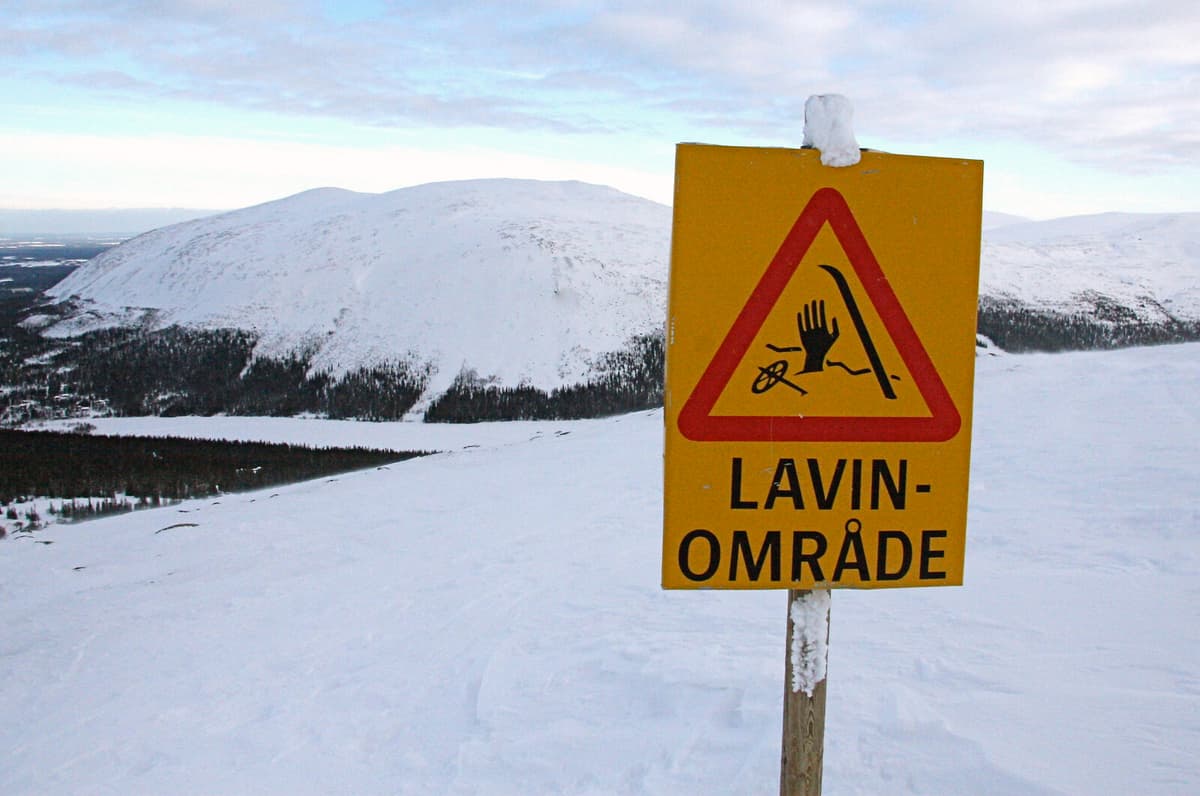The Swedish Meteorological and Hydrological Institute (SMHI) has issued an orange warning – the second highest on the three-level scale – due to strong winds in the northern Lapland mountains. The warning applies until lunchtime on Friday.
A milder yellow warning applies to the southern Lapland mountains.
It is unwise to venture out onto the mountain unnecessarily, as the snow can turn to rain, the risk of freezing is high, and rescue operations can be both risky and time-consuming, according to SMHI.
At the same time, the avalanche risk in the three mountain areas is considered significant, with hazardous conditions – which corresponds to a three on the five-level risk scale.
People are advised not to stay near or below steep slopes, according to the Swedish Environmental Protection Agency's website Lavinprognoser.
Particularly areas on the mountain with little snow are at risk. However, rain has made so-called wet avalanches a problem from the tree line and downwards.
Storm winds combined with snow, plus degrees, and rain weaken the snow cover significantly. Spontaneous avalanches are likely, primarily in slopes protected from the wind.
The wind has also moved a lot of loose snow to eastern-facing slopes. There, the drifted snow lies heavily on top of an already weak snow cover.
The avalanche warnings apply for the time being until 6 pm on Friday.
Facts: Avalanche Scale
TTTT
The avalanche risk is divided into a five-level scale:
1. Low risk. Conditions are generally safe. The snow can be unstable in individual places. Avalanches are unlikely.
2. Moderate risk. Hazardous conditions in parts of the terrain. It is possible for people to trigger avalanches, but spontaneous avalanches are unlikely.
3. Considerable risk. Hazardous conditions. It is likely that people will trigger avalanches and spontaneous avalanches are possible.
4. High risk. Very hazardous conditions. It is very likely that people will trigger avalanches and spontaneous avalanches are likely.
5. Very high risk. Human-triggered and spontaneous avalanches will occur with certainty.
Source: Lavinprognoser.se
SMHI has three levels of weather warnings:
Yellow warning: Consequences for society, some risks for the general public.
Orange warning: Serious consequences for society, danger for the general public.
Red warning: Very serious consequences for society, great danger for the general public.
Source: SMHI





